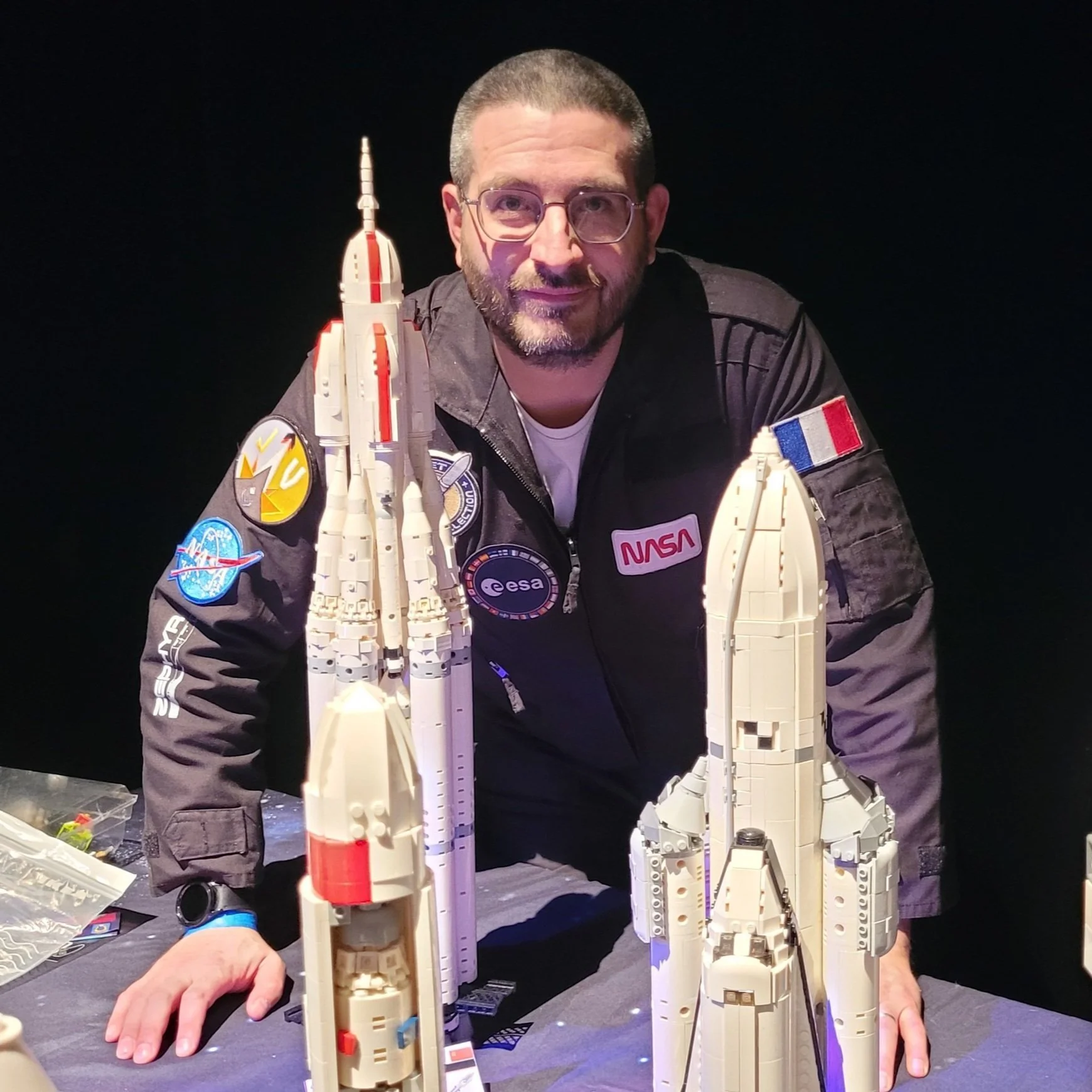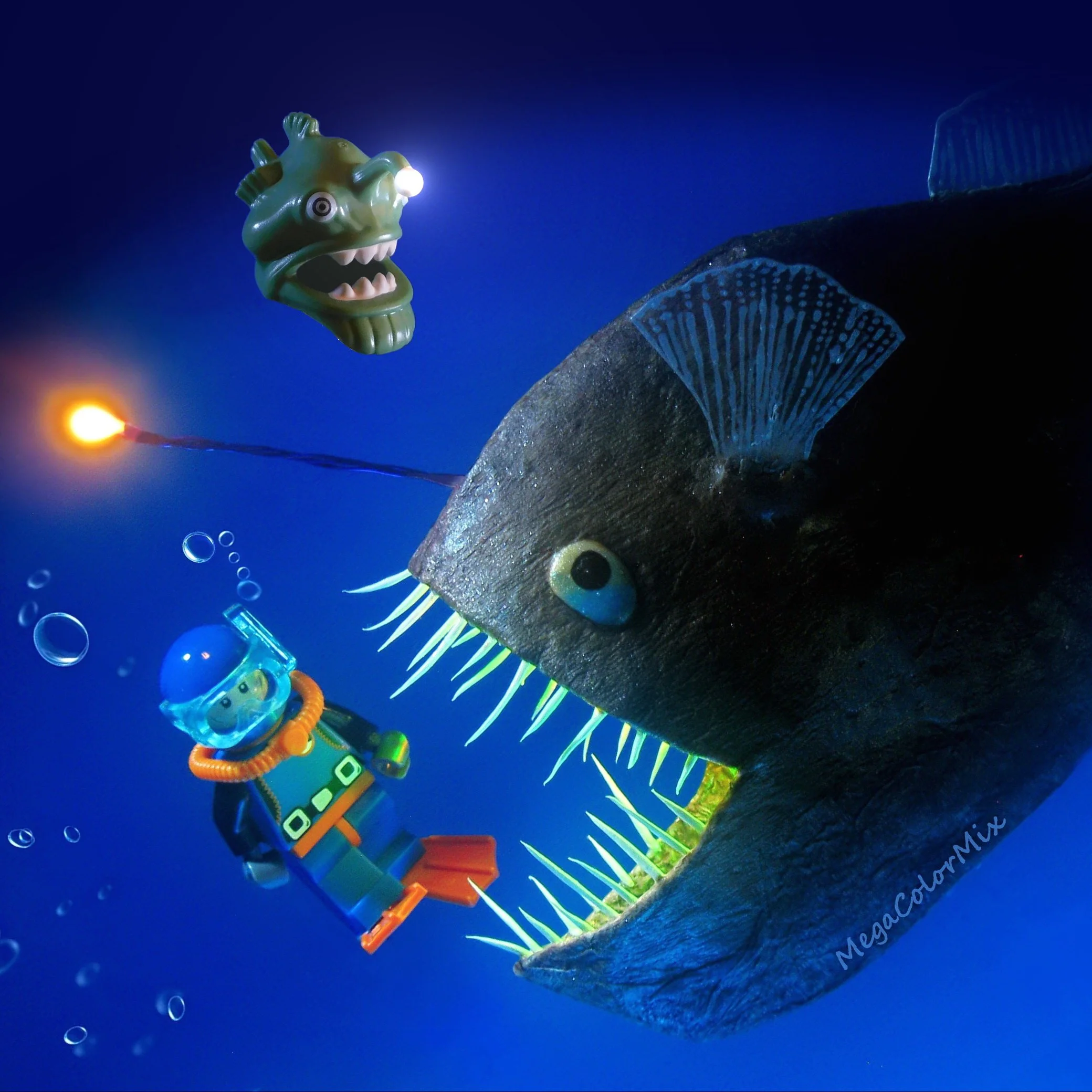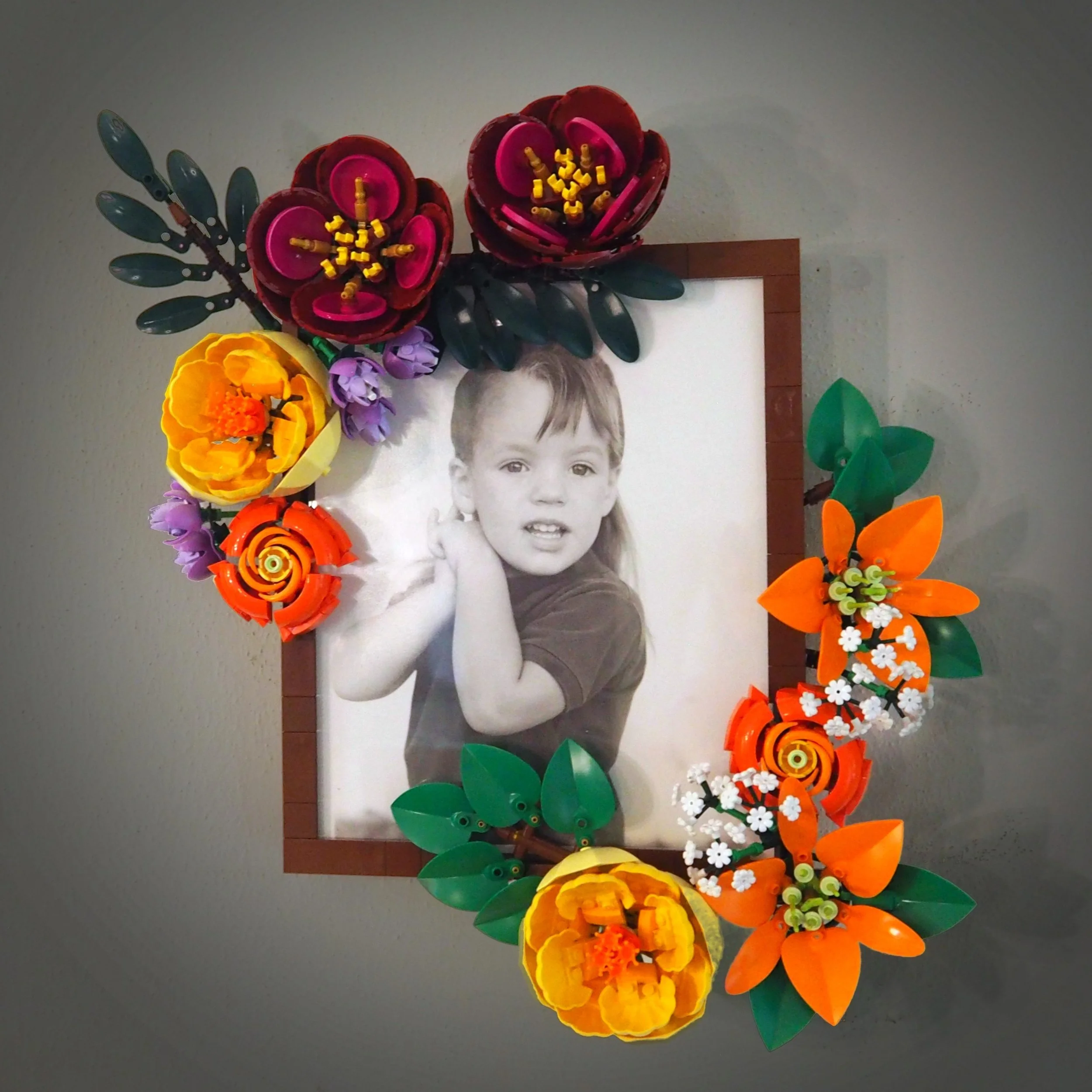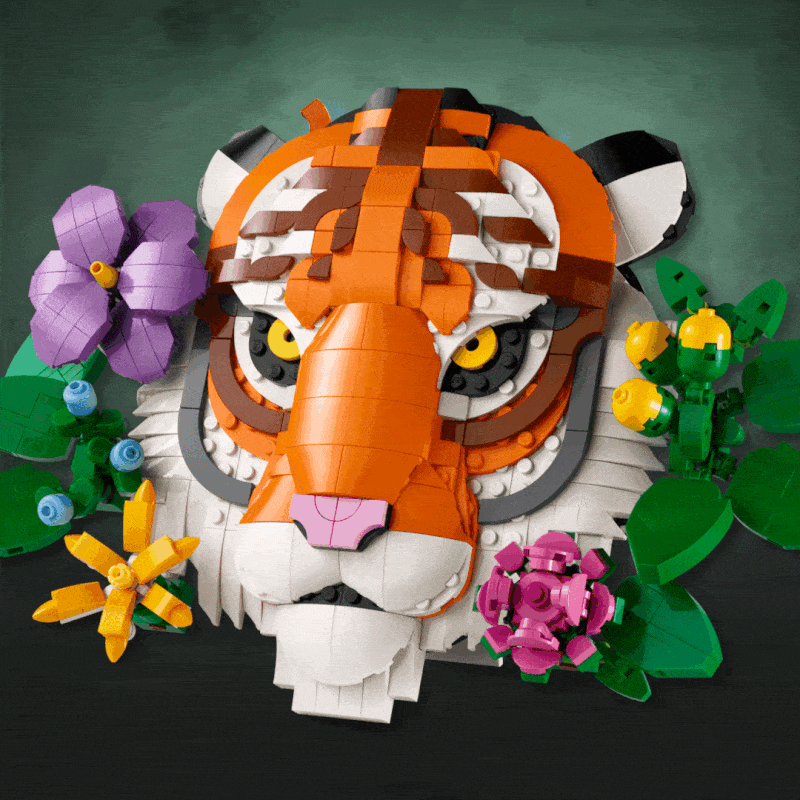MOC TALK: How to Cultivate a Local MOC Building Community
/Many times, change is born out of irritation. One day, you finally decide to take matters into your own hands and take action to change something for the better. Sometimes that momentum leads to reinvigorating a community-focused AFOL blog when other LEGO community-oriented content seemed to have fallen by the wayside. Other times it leads to anonymous white brick trophies being placed around convention halls to express gratitude where other awards recognition did not. In my case, I became frustrated seeing the growing number of built sets being displayed at LEGO conventions that I decided to take action. This is my story of how to cultivate a community of LEGO builders that go beyond sets.
PROLOGUE: Displaying Sets vs. MOCs at LEGO Conventions
The inaugural BrickUniverse Louisville was held back in January 2017, and I was just one of four local displayers. This was the first LEGO fan convention to be held in Louisville, and public excitement was high. When people noticed that I was from the area, a number of folks asked me if there was a local LUG (there was not), and then subsequently told me that I should be the person to start one. The most enthusiastic of those people was enamored with another displayer’s train layout which comprised mainly of LEGO Modular sets.
A few months after the show, this enthusiastic person led the effort to get a local LUG off the ground. During our early discussions, it became clear that his motivation in getting an RLUG established was more to start a LEGO fan club than to promote MOC building (“My Own Creation”). While collecting and building LEGO sets is a way many people enjoy their hobby, my personal belief is that LEGO building should involve more custom builds and creativity.
He wanted me to be the group president, but I declined—getting a local RLUG started was his crusade and not mine. At that time, BU Lou 2017 was only the second time I had ever displayed at a convention. Committing to doing even more public shows throughout the year was not something I was ready to sign up for, let alone effectively run monthly meetings. Despite my personal views, I still wanted to support the creation of an informal network of local AFOLs and let it grow organically from there. To that effect, I agreed to be the “consigliere” for the group and to coordinate and consolidate our future display table requests for BrickUniverse Louisville.
In the lead up to the 2018 show, I tried my best to encourage MOC building over displaying LEGO sets. However, the precedent of the LEGO Modular set train layout from the year before was already established. Displaying LEGO sets at a convention was a normal and acceptable practice from their perspective. While I am sure BrickUniverse would prefer more MOCs to be displayed, they still have to fill tables in many new locations every year so they “take what they can get”—even if that means displaying sets.
When the next show arrived, the trend was compounded further with someone else displaying their entire collection of Technic vehicles across two tables. The group’s main display was again a loosely organized LEGO Modular train layout spanning ten tables, comprised of a few MOCs but the majority was sets. To their credit, they made up for their lack of MOCs with both enthusiasm and member recruitment. Their seemingly rag-tag display of sets made joining a local LUG feel more accessible and less intimidating to those who were only beginning their AFOL journey. I guess we all have to begin our journey somewhere…
The following year, the trend continued again. The Technic sets on display grew to three tables, the LEGO Modular city was filled with more (and repeated) sets. While impressive as a collection, I believe the creativity displayed at a convention should come from the AFOLs sitting behind the display tables, and not solely from the LEGO set designers sitting behind their desks far away in Billund, Denmark.
At that moment, I was on the verge of abandoning the group entirely. But it was this moment of frustration that led to change. I decided that if more MOCs were going to be built and displayed, I would have to foster a community of AFOLs that valued that creativity as I did. I also knew if I ever wanted to see that change, then I needed to be the one to finally step-up, lean-in, and make it happen.
By Emperor Ludgonious on Flickr
Planning for A Change BY BUILDING A COMMUNITY
In the weeks that followed, I considered the options. Despite the prevalence of “set-displayers” in the group, there was still a solid core of MOC builders living in the area. At first, I considered creating a separate LUG comprised of just the local MOC builders. Upon reflection, however, I realized that fragmenting our growing LEGO community might be a rash decision that wouldn’t solve anything. In a local LUG, there should be room for people at all skill levels and with varying interests in the LEGO hobby. The real issue at hand was attracting more MOC builders into the local group, and getting their MOCs out of their basements and into the light of day.
I thought back to my early days as an AFOL—lurking on the LUGNET forums in the early 2000s, starting to build MOCs of my own and uploading them to Brickshelf. Coming out of my Dark Age, the prospect of joining any LUG would have been a huge leap, let alone displaying anything custom that I built myself at a convention. At the time, I was just building for my own enjoyment. All I wanted to do was to build MOCs in my basement, share photos of them online with like-minded people, get their feedback, and improve.
It was based on this self-reflection that I established “MOC TALK.” The concept is simple. I would organize a casual series of small “show-and-tell” sessions, requiring attendees to bring something with them that they have designed and built themselves—bring a MOC to TALK about. That’s it.
With the MOC TALK hook established, I considered how best to organize the events. I wanted to ensure at least one experienced MOC builder was always in attendance, so I reached out to local builders John Klapheke and Stu Pace who would help me host the meet-ups. I then reached out to the Louisville “Bricks & Minifigs” store to request the use of their party room for these events. Since most unknown MOC builders in the area would likely be regular customers, it would make for a perfect gathering place. The store was all-in on the idea. They helped us to promote the MOC TALK to walk-in customers, printed up fliers, and even printed custom bricks for us to hand out to the attendees.
The next task was to determine when to host the events, and how often. Our local LUG meetings were held on sporadic weekends when there typically were competing interests. I chose to host the MOC TALKS on Tuesdays at 6 pm, roughly once a month, and locked in the calendar dates throughout the year. That way, people always knew when the next meeting would be held and they could plan and build in advance. I also figured that Tuesdays are usually days without too many competing interests (apart from it being “Taco Tuesday” … and fortuitously enough, the BAM store is now located adjacent to a Mexican restaurant).
With the details finally set, I designed a flier for the store to hand out to anyone interested:
I decided not put any LUG information on the flyer as I wanted this to be perceived as a “casual store event.” Otherwise, walking into an existing group where everyone else already knows each other can be an awkward, if not intimidating, experience for someone new. I wanted the event to be as welcoming as possible for anyone who showed up with no commitments required. Yes, we would guide any new people to join the GLouLUG Facebook group if they were interested, but MOC TALKS was meant to be simple, easy and accessible.
All that was left was for me to choose which MOCs I would bring to the first event… and to find out, “If I host it, will they come?” Did they come? Find out tomorrow in Part 2!
Do you think there is room at LEGO conventions for new AFOLs to display sets? Leave your thoughts in the comments below.




















